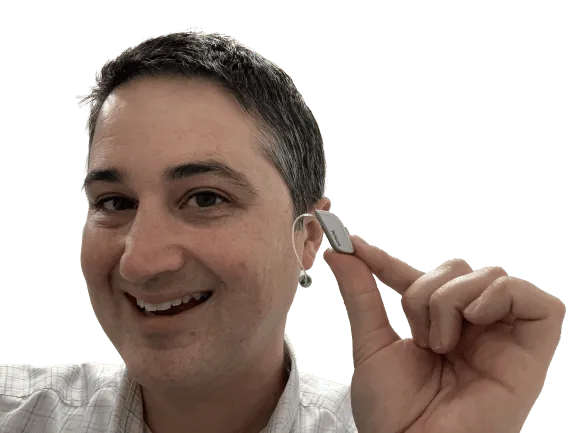Updated for 2025: Hearing loss affects millions worldwide, impacting communication, safety, and overall quality of life. Professionally fit hearing aids remain the gold standard for treatment, but cost can be a barrier. The good news — affordable professionally fit options now deliver excellent performance without the premium price tag.
In this guide, we’ll break down the best affordable hearing aids from leading brands, compare 2025 pricing, and share tips for choosing, fitting, and maintaining your devices. If you’re deciding between OTC vs. professionally fit hearing aids, this article will help you make an informed choice.
High-End vs. Basic/Economy Models

High-end hearing aids typically include advanced signal processing, AI-driven background noise reduction, and seamless Bluetooth streaming. In 2025, these features are more accessible than ever, even in entry-level models. Basic or economy hearing aids cost less but may lack the adaptive features and comfort found in premium devices.
While both outperform most OTC devices, professionally fit high-end aids still offer better noise handling, personalization, and long-term comfort — especially for active lifestyles.
2025 Affordable Hearing Aid Comparison
| Brand | Model | Price/Pair* | Key Features |
|---|---|---|---|
| Phonak | Audéo Infinio 30 | $2598 | AutoSense OS 6.0, AI speech enhancement, Bluetooth LE Audio |
| Oticon | Intent 3 | $3298 | Deep Neural Network processing, rechargeable, wind noise control |
| ReSound | Vivia 5 | $3198 | M&RIE receiver, AI personalization, Auracast-ready |
| Widex | Moment Sheer 110 | $2898 | PureSound™ delay reduction, tinnitus Zen program |
| Starkey | Edge AI 1200 | $2898 | Edge Mode AI, health tracking, excellent earmold options |
Types of Hearing Aids
Professionally fit hearing aids come in several styles, each suited to different needs:
- In-the-Ear (ITE): Custom fit, discreet, ideal for mild–moderate loss.
- Behind-the-Ear (BTE): Durable, handles severe loss, easy to maintain.
- Receiver-in-Canal (RIC): Popular, comfortable, versatile fit options.
Style alone rarely affects price — technology level is the key cost factor. Learn more in our BTE vs. ITE style guide.
Fitting & Maintenance
Professional fitting ensures comfort and optimal performance. This includes real ear measurements, proper dome or earmold selection, and fine-tuning for your listening environments.
Reprogramming is often needed every 1–2 years as your hearing changes, and most hearing aids last 5–7 years with proper care. See our hearing aid maintenance guide for tips.
Lifestyle Considerations
Your daily routine should influence your choice. For example:
- Musicians may prioritize sound fidelity over connectivity.
- Seniors may value simple controls and rechargeable options.
- Outdoor enthusiasts benefit from wind noise reduction and IP68-rated durability.
In 2025, many affordable models now include Bluetooth LE Audio and Auracast compatibility — future-proofing your investment for emerging assistive listening systems.
Final Thoughts
Affordable professionally fit hearing aids in 2025 deliver excellent performance at a lower cost than ever before. Work with a licensed audiologist, compare technology levels, and factor in your lifestyle to choose the best model for your needs.
For the latest deals, check ZipHearing’s current pricing. Balancing affordability with professional fitting can unlock the best mix of performance and price. For more comparisons and guidance across brands and models, explore our Hearing Aids Buyer’s Guide.

